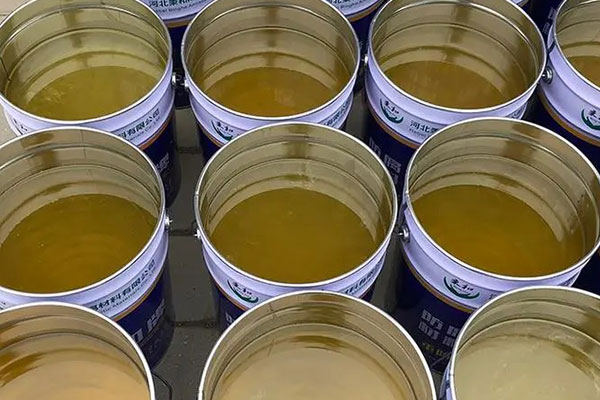The type of resin used is critical in determining the end-use properties of a fiberglass component. Typical applications require general-purpose resins, such as high-quality isophthalic resins, which provide excellent corrosion resistance in a variety of chemical environments, including distilled and fresh water, and seawater of varying salinity. Aggressive chemical applications require stronger adhesives such as vinyl ester resins.

Vinyl Ester Resin
What is vinyl ester resin?
Epoxy resins can be converted to vinyl ester resins by esterification with acid catalysts, forming intermediate products with lower mechanical strength than epoxy resins but higher than polyesters. Compared to polyester, it has a better heat resistance and also has a wider range of corrosion resistance. This is due in part to the enhanced cross-bonding of vinyl ester to the core fabric, resulting in a more comprehensive fiberglass composite.
Vinyl ester resins are used to saturate a continuous web of fiberglass material by pultrusion prior to web forming, curing, and shaping. In fact, the fiberglass industry is one of the largest consumers of vinyl ester resins in the world, and composite manufacturing represents a major use for this material.
Application of vinyl ester resin
At Unicomposite, we routinely use polyester and vinyl ester resins to produce fiberglass components for a range of applications including structural profiles; grating and trim panels; handrails; electrical components; and many more.
The end-use environmental conditions of the component are critical in deciding which resin is most suitable. This must be predicted based on an in-depth knowledge of the application area and the corrosive agents that the composite may be exposed to throughout its service life.




























